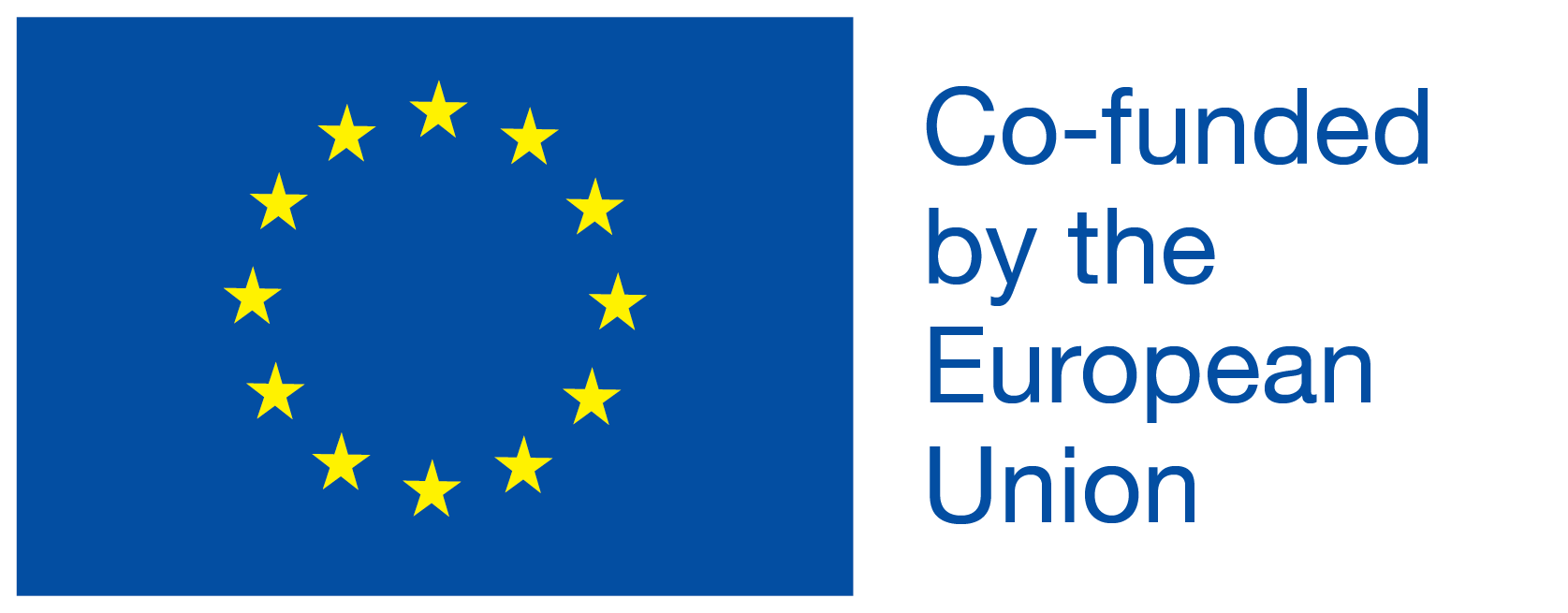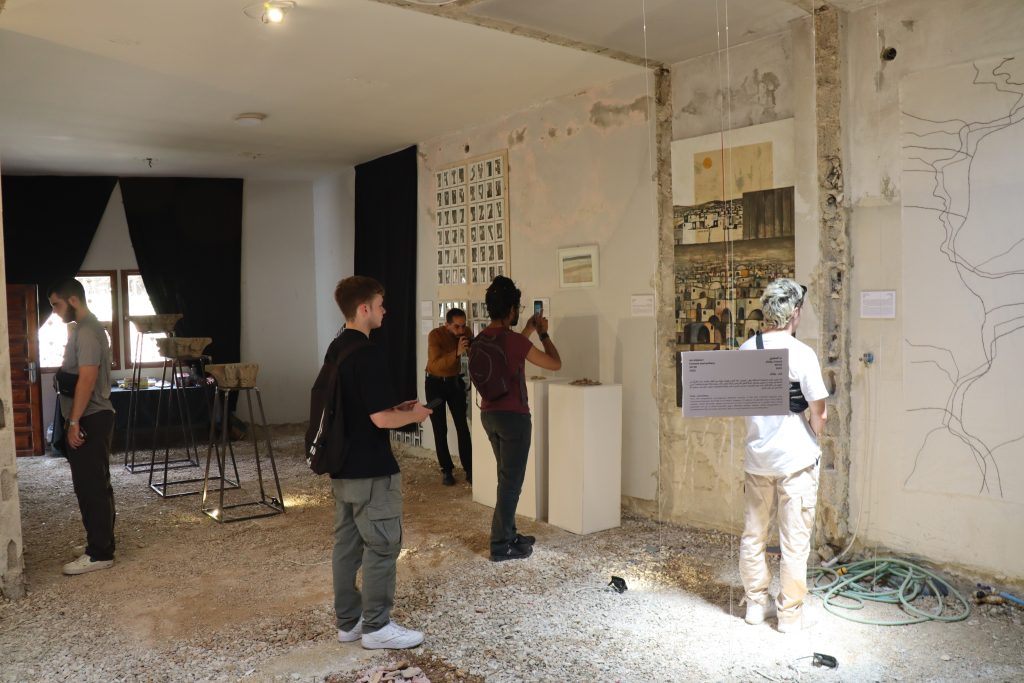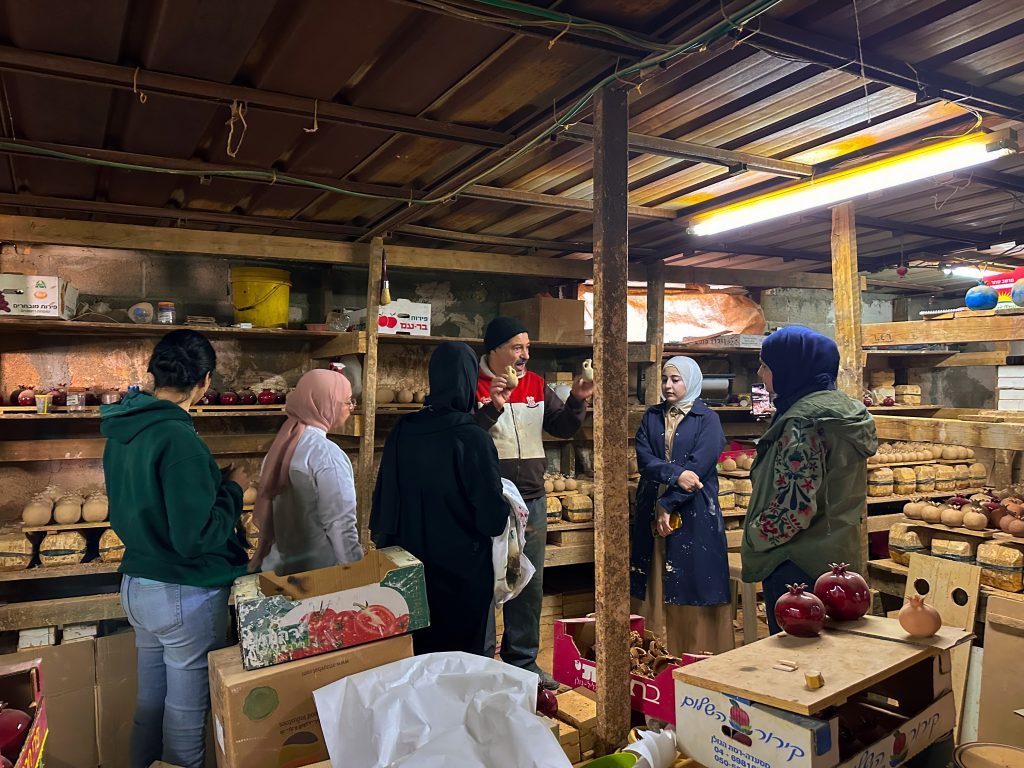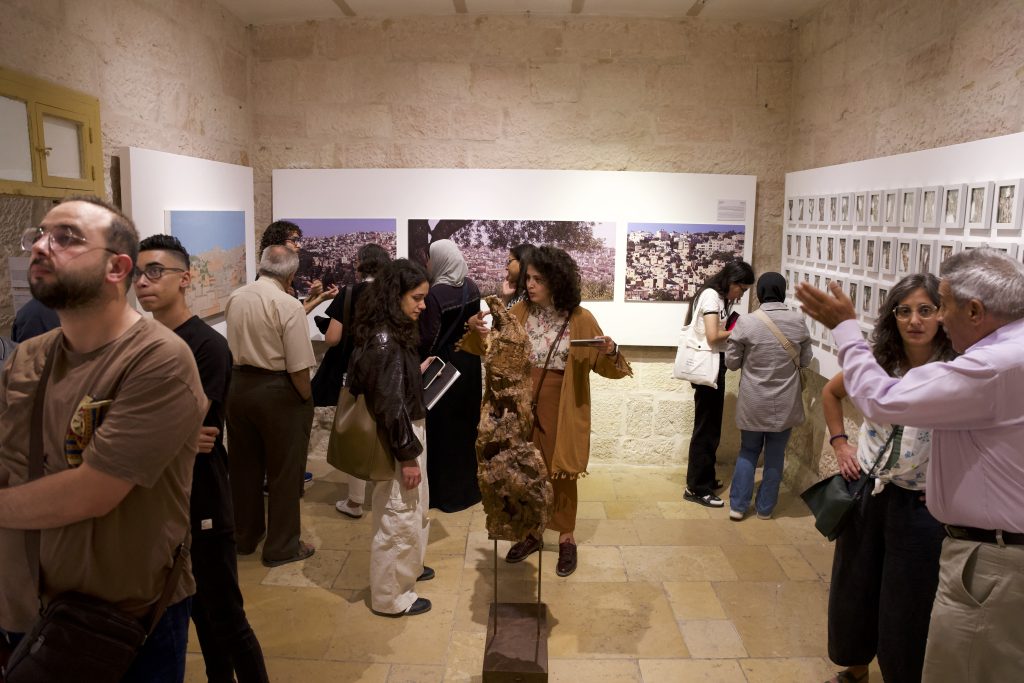Daem Cultural Alliance
FigLeaf Studios
Fig Leaf Studios’ team first connected with Art Everywhere years ago when the foundation was in its early stages, harbouring....

by Jusoor Alliance 12 / 2 / 2024
The alliance between Mandaloun, Sakiya, and Riwaq felt natural. We knew each other and appreciated each other’s work. The journey of our collaboration has been that of discovery and experimentation. We are passionate about communal ways of working and living but did not necessarily have any expectations about the format or terms of the alliance. Throughout the project period we faced challenges that hindered possible growth and deeper connection, however, we tried to find solutions and creative ways to respond to these challenges. This story, intended for our final report to the Culture Resource (Al-Mawred Al-Thaqafy, Mawred for short), encapsulates our shared experiences and reflections, embodying a journey of mutual support, community engagement, and adaptive strategies in the face of adversity.
Forming the Alliance
The foundation of our alliance was built on a culture of openness, solidarity, respect, and a shared commitment to support the collective and common work and culture of our communities. As the project went on, we strived to develop a working culture that focused on strengthening our inter-organisational relationships, and enhancing our communal impact. The cultural ecosystem in Palestine is vibrant, diverse, creative, and somewhat collaborative. Attempts to work together have been always explored and have proved at times successful. Collaborations that tend to bring a large number of organisations together are more challenging and mostly do not grow into fully fleshed out alliance. We came into the alliance without having witnessed or experienced a similar experiment. However, we believe our alliance grew organically into a seed that given more work and dedication, we believe can influence the entire cultural ecosystem in positive ways. We already see a more substantial influence on our ecosystem that would be near impossible through any single entity’s efforts. Quantifying this impact remains challenging, however, during these horrific times we found support with each other and are able to contribute to important discussions among our ecosystem out our roles and responsibilities, cultural production’s agency and impact, and the relationship to foreign funding.

Challenges and Adaptations
Despite our cohesive vision, we encountered significant challenges. Geopolitical realities in Palestine, the geographic fragmentation, the attack on cultural work and organisations, and the oppression of and attacks on our people, often hindered our ability to organise or implement activities effectively. While it was difficult to meet in person, we met online regularly, modified and updated plans and reviewed progress. To overcome the isolation of cities in the West Bank and to create more visibility to Mandaloun’s work as a new collective initiative, they moved their first exhibition from Hebron to Ramallah with Sakiya and Riwaq’s support, which received positive feedback from guests in both cities.
On the other hand, the complicated registration processes at the Palestinian Authority (PA) and their bureaucratic obstacles further impacted our financial and operational planning. Sakiya’s approval for funding from the PA as a not-for-profit company was delayed for more than a whole year. Mandaloun Art Lab collective, originally Masahat Cultural Cooperative, had to abandon the cooperative model and opt to work as a collective of artists. The cultural cooperative, a new model of cooperatives at the PA, were not able to open a bank account. As a collective, Mandaloun members struggled to find the right balance of responsibilities and needs. The collective is working to better clarify roles and responsibilities of its members. It was also challenging to work among different entities with different resources and capacities where staff members of the alliance work full times while other members work only part time or on voluntary basis, which created a deficiency in time and attention given to the project and sometimes even created delays in sharing information, delivering outcomes, and in general following up on project needs. This required a lot of patience from full-time team members but strengthened a sense of understanding of each entity’s realities and a sense of solidarity to support those with limited human resources.

These challenges necessitated a reevaluation of our methodologies. While our core goals remained intact, the approach to achieving them evolved, emphasising adaptability and innovative strategies. As the larger and more established entity, Riwaq carried the financial load of collective activities such as the collective workshops and the final event which was a lot of help for Sakiya and Mandaloun’s smaller teams. Sakiya, despite its small operational budget and having no in-house accountant, decided to carry the financial load of Mandaloun as a way to alleviate their challenges, and as a committed member of the alliance.
Achievements and Growth
Amidst these challenges, our alliance has accomplished notable successes. Knowledge exchange became a cornerstone of our collaboration, with each entity contributing unique expertise. Mandaloun’s cultural programming, Sakiya‘s environmental approach, and Riwaq’s rehabilitation and community outreach enriched our collective knowledge.
Our collective mentorship meetings with Renad Shqeirat, as well as workshops with Munir Fasheh about liberatory pedagogy, and Wasim Al Kurdi about archives as living materials for artistic production, created important spaces for open and creative discussions, and further contributed to enhance our imaginations and inspire new ideas and methodologies. We all shared aspects of our work and samples of our archives that were the basis for a research paper by Wasim Al Kurdi and an ongoing exploration by all of us. Each of our entities benefited individually as Riwaq discussed and developed their communication strategies and other skills as part of their team capacity building, and worked with artists and designers across Palestine and the Golan Heights, Riwaq and Sakiya developed their websites and visual identities, Sakiya created the basis for a children’s natural radical education guidebook and manual, and Mandaloun developed their very first exhibition and catalog.
 All three of our entities held community programs that contributed to our learning labs. Our themes were diverse and intersectional; art, design and architecture, land, history and memory, traditional and decolonial knowledge practices and methodologies. We worked with diverse groups and communities including students, children, and artists, in Ein Qiniya and Ramallah, Qalandiya, AlJib and Kafr Aqab, and in Hebron.
All three of our entities held community programs that contributed to our learning labs. Our themes were diverse and intersectional; art, design and architecture, land, history and memory, traditional and decolonial knowledge practices and methodologies. We worked with diverse groups and communities including students, children, and artists, in Ein Qiniya and Ramallah, Qalandiya, AlJib and Kafr Aqab, and in Hebron.
Our activities, naturally affected by the socio-political landscape, still succeeded in introducing new experiences in the arts and culture in Palestine. Our workshops promoted local artistry and craftsmanship as important aspects of cultural and artistic practices, and knowledge production and sharing. Through learning about and working with traditional floor tiles, clay, traditional wood burning ovens, land and agricultural practices, we witnessed a re-evaluation of local knowledge’s value and position in contemporary arts and ecological discourse, and a deeper understanding of the roots of our cultural traditions.
 Furthermore, we have seen a revitalisation of the artist collective model in general as a cultural production and resistance model deeply rooted in Palestinian culture, and as a counter-model to institutional cultural work. Through Jusoor, we supported the work of the Mandaloun art lab collective and helped them start an important discussion around the livability and strategies of endurance of this model that will continue after the end of this project.
Furthermore, we have seen a revitalisation of the artist collective model in general as a cultural production and resistance model deeply rooted in Palestinian culture, and as a counter-model to institutional cultural work. Through Jusoor, we supported the work of the Mandaloun art lab collective and helped them start an important discussion around the livability and strategies of endurance of this model that will continue after the end of this project.
Looking Forward: Future Focus and Lessons Learned
As we reflect on our two-year journey, we recognise the broadened vision and deeper understanding we gained of each other’s work. Our future focus lies in strengthening local partnerships and further developing our community-rooted learning labs. The mentorship component of the project has been particularly valuable, providing external perspectives that enhanced our strategic thinking and planning.
In considering future alliances, the importance of emergency management, overcoming bureaucratic challenges, and aligning alliance members’ needs emerge as critical elements. The journey has underscored the importance of continuing the alliance’s work, navigating challenges and complexities, and sustaining community engagement in our cultural work. Negotiating different cultural practice models is a long term endeavour that we will continue beyond the scope of this project, and we believe the impact of the alliance will be positively felt on the ecosystem level in the years to come.

The Cultural Alliance of Jusoor which consists of Mandaloun, Sakiya, and Riwaq stands as a testament to the power of collaborative cultural work in challenging environments. Our story is one of adaptation, resilience, and shared learning, driven by a commitment to enriching the cultural fabric of Palestine and fostering a sustainable impact beyond our program’s end.
Fig Leaf Studios’ team first connected with Art Everywhere years ago when the foundation was in its early stages, harbouring....
Our story represents a unique opportunity for us to express the importance of our participation in this cultural alliance, which....


